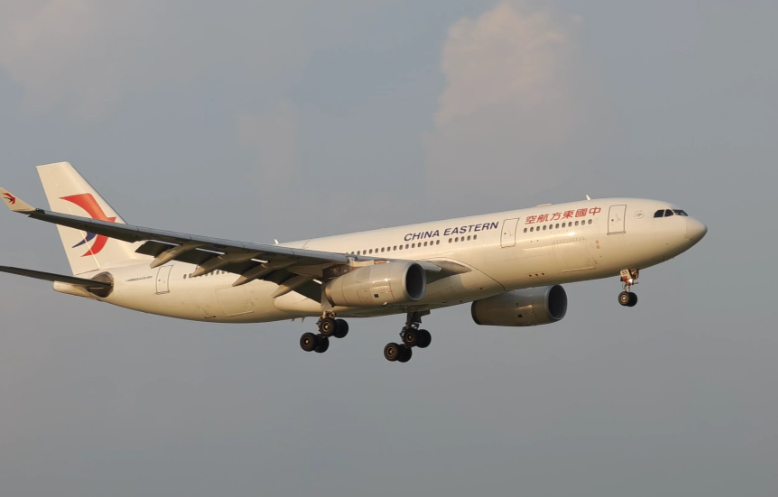Cross-border Logistics Efficiency Revolution: How does International Air Freight Empower Enterprises to Go Global
Driven by the dual forces of intensified global competition and upgraded consumer demands, "efficiency" has become one of the core competitive advantages for enterprises going global - from the rapid market capture of new products, to the flexible response of the supply chain to orders, and to the optimization of customer experience, every link cannot do without the support of efficient logistics. International air freight, with its speed advantage, chain optimization and service upgrade, is triggering a revolution in cross-border logistics efficiency, shifting from "passive transportation" to "active empowerment", breaking down key barriers for enterprises to go global and injecting growth momentum.
First, break through the time barrier: Make "quick response" the core advantage for enterprises going global
In the cross-border market where "fast fish eat slow fish", the 30-40 day delivery time of sea freight is no longer sufficient to meet enterprises' demands for "speed". However, international air freight, with its "day-level" transportation capacity, has completely restructured the market response rhythm of enterprises, making "quick response" a differentiated competitive edge for enterprises going global.
1. New product launch: Seize the market window period
For industries such as cross-border e-commerce, fashion clothing, and consumer electronics that rely on "new product popularity", international air freight can help enterprises achieve "global simultaneous new product launches". For instance, a certain cross-border e-commerce brand has launched a new smartwatch. Through international air freight, the first batch of goods can be delivered to overseas warehouses in Europe, America and Southeast Asia within 48 hours after the domestic mass production is completed, and the products can be sold simultaneously in global stores and online platforms within 3 days. If sea transportation is chosen, it will take more than one month. Not only will the "golden promotion period" for new products be missed, but competitors may also seize the initiative.
For fast fashion brands, this advantage is even more pronounced - when a certain popular element emerges in the European market, the brand can quickly adjust its production line and deliver the trend-following clothing to European stores within 72 hours via international air freight, keeping up with the "weekly new arrivals" pace and avoiding inventory overstock or demand loss caused by logistics delays.
2. Supply Chain Complementarity: Avoiding "Supply Disruption Crisis"
Manufacturing and cross-border trade enterprises often encounter situations such as "urgent orders" or "running out of inventory", and international air freight has become an "emergency supplement tool" for the supply chain. For instance, a certain auto parts enterprise received an urgent order from an overseas client, which required the delivery of a batch of core components within five days. If it chose sea transportation, not only would it fail to deliver on time, but it might also face compensation for breach of contract. By international air freight, goods can be directly transported from domestic production bases to customer factories, with delivery completed within 48 hours, ensuring the normal operation of customer production lines and maintaining long-term cooperative relationships at the same time.
For cross-border e-commerce enterprises, international air freight is the "key to dealing with bestsellers" - when the sales of a certain product suddenly surge and the overseas warehouse is short of inventory, the enterprise can quickly replenish the goods through international air freight, shortening the replenishment cycle from one month by sea to 3-5 days, and avoiding the loss of store traffic and negative customer reviews caused by "supply disruption".
